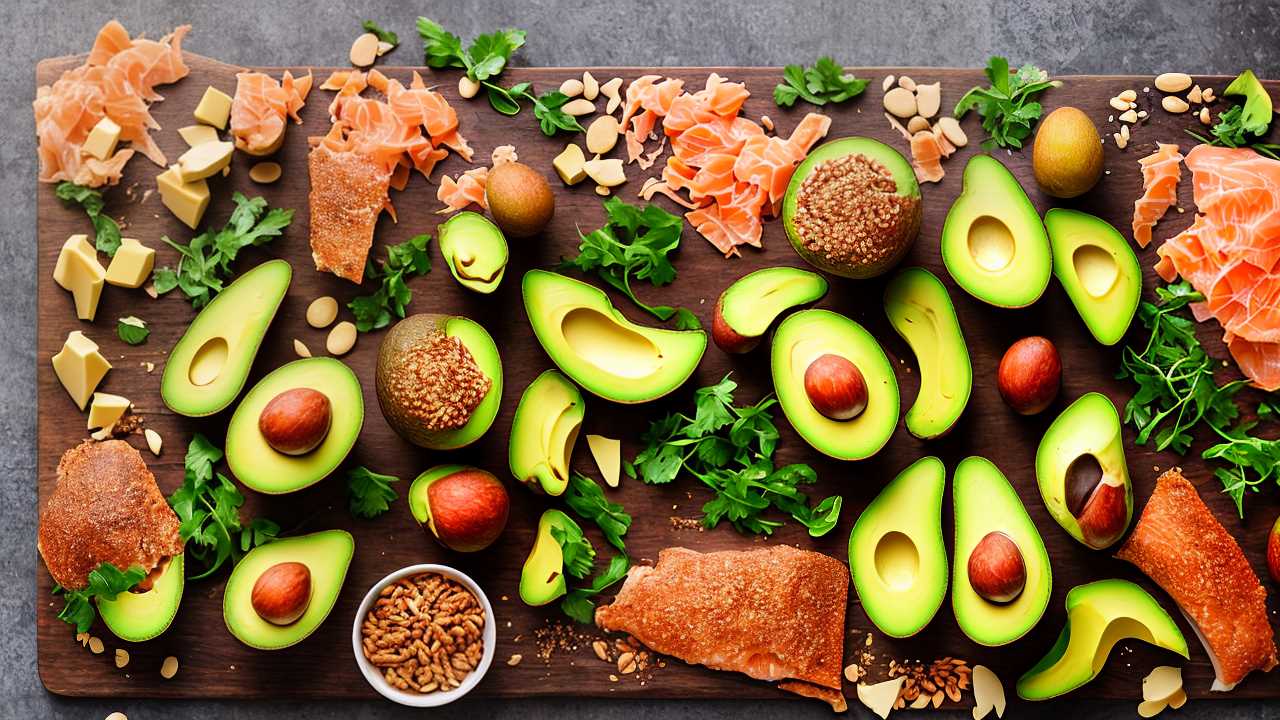
What Are the Golden Rules of Keto?
When you see someone effortlessly shed pounds by simply swapping out their morning bagel for avocado and eggs, you might wonder what their secret is. The golden rules of keto can guide you through this lifestyle change, focusing on the crucial aspects like healthy fats and carb limits. Staying hydrated and monitoring your intake is just as vital, but there's more to it than just numbers. Understanding how these elements work together can make all the difference in your journey, so let's explore the essentials that can lead to sustainable success.
Understand Ketosis

To truly grasp ketosis, it's essential to understand how your body shifts from burning carbohydrates to fats for fuel. When you significantly reduce your carb intake, your liver converts fatty acids into ketones, which your body uses as an alternative energy source. This metabolic state, known as ketosis, offers several benefits, such as improved energy levels, enhanced mental clarity, and potential weight loss.
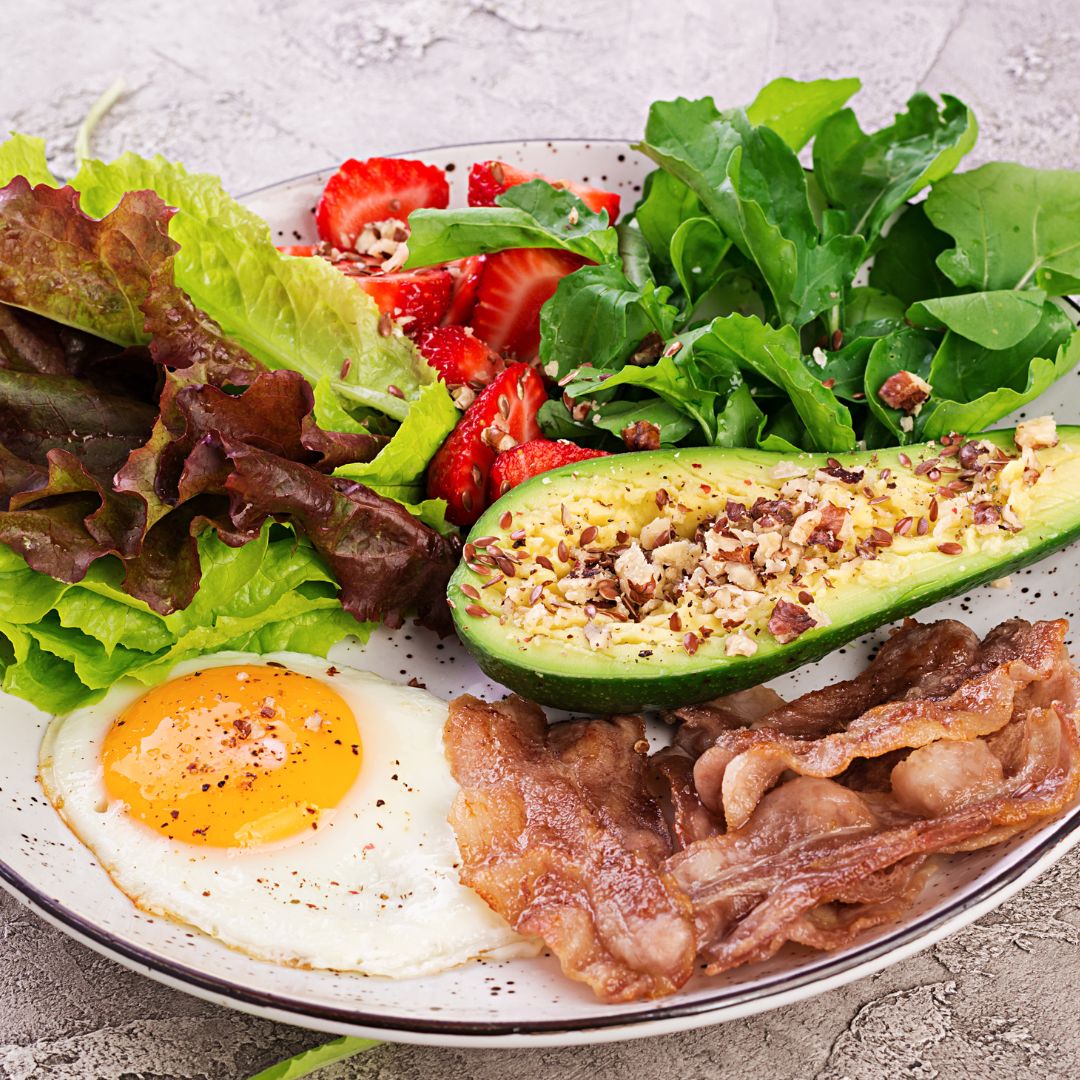
Incorporating high-quality, premium gourmet ingredients into your meals can further enhance your keto experience. You may feel more focused and energized once your body adapts to this new fuel source.
However, it's important to address some misconceptions surrounding ketosis. Many people believe that going keto means you can eat unlimited fats or that it's a quick fix for weight loss. In reality, balance is key.
You'll want to prioritize nutrient-dense foods to reap the full ketosis benefits while avoiding excessive intake of unhealthy fats. Additionally, transitioning into ketosis can take time; understanding that your body needs to adjust will help you manage expectations and avoid frustration.
Prioritize Healthy Fats
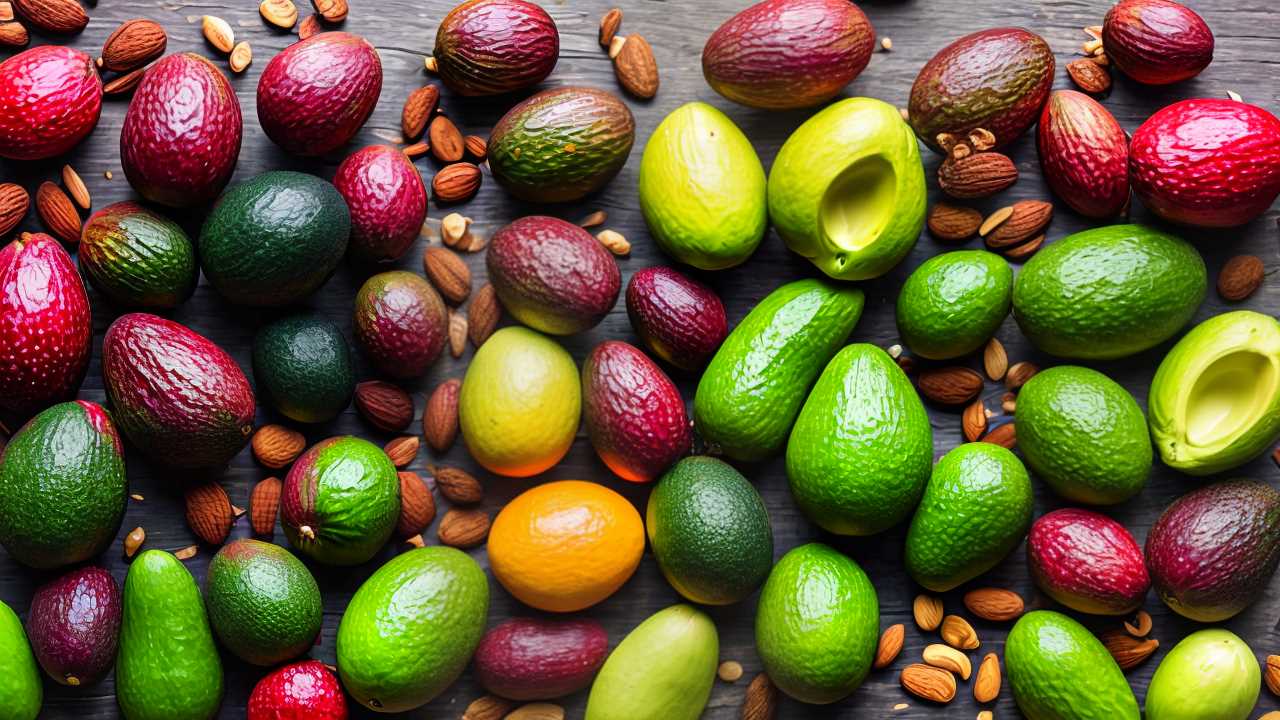
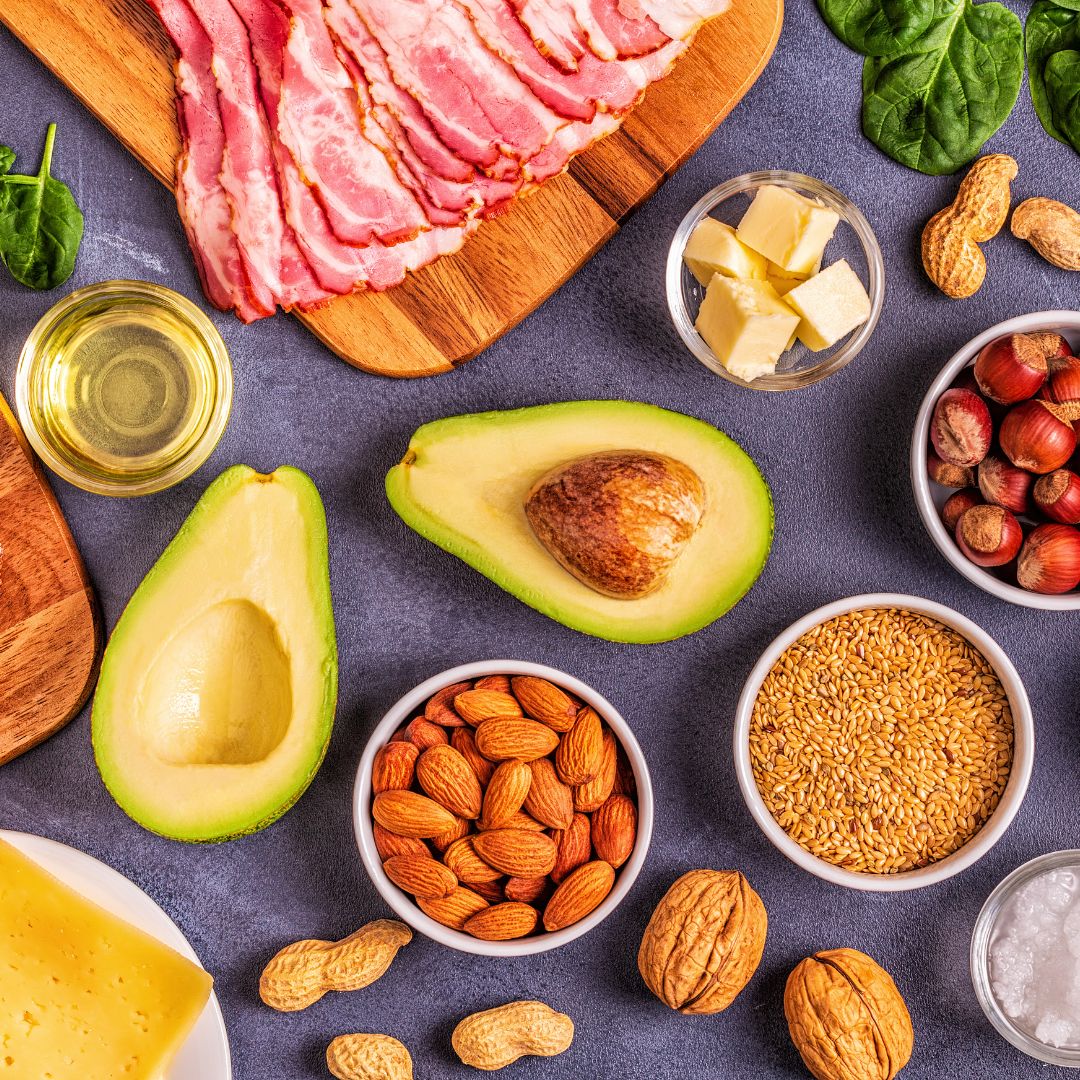
How can you ensure that your keto diet is both effective and sustainable? One of the most crucial aspects is to prioritize healthy fats. By focusing on quality fat sources, you'll not only meet your macronutrient goals but also nourish your body. Healthy fat sources like avocados, nuts, seeds, olive oil, and fatty fish provide essential nutrients and support heart health.
Here's a quick reference for some healthy fat sources you can incorporate into your meals:
| Healthy Fat Source |
Benefits |
Fat Rich Recipe Ideas |
| Avocados |
High in potassium |
Avocado salad or guacamole |
| Olive Oil |
Rich in antioxidants |
Drizzle on roasted veggies |
| Fatty Fish |
Omega-3 fatty acids |
Grilled salmon with herbs |
Creating fat-rich recipes is a delicious way to stay on track. Think creamy sauces, rich soups, or even keto-friendly desserts using coconut cream. When you prioritize healthy fats, you fuel your body effectively while enjoying various tasty options. Remember, it's about balance—embracing fats should feel satisfying, not restrictive. By making these choices, you'll enhance your keto journey and feel great doing it.
Limit Carb Intake
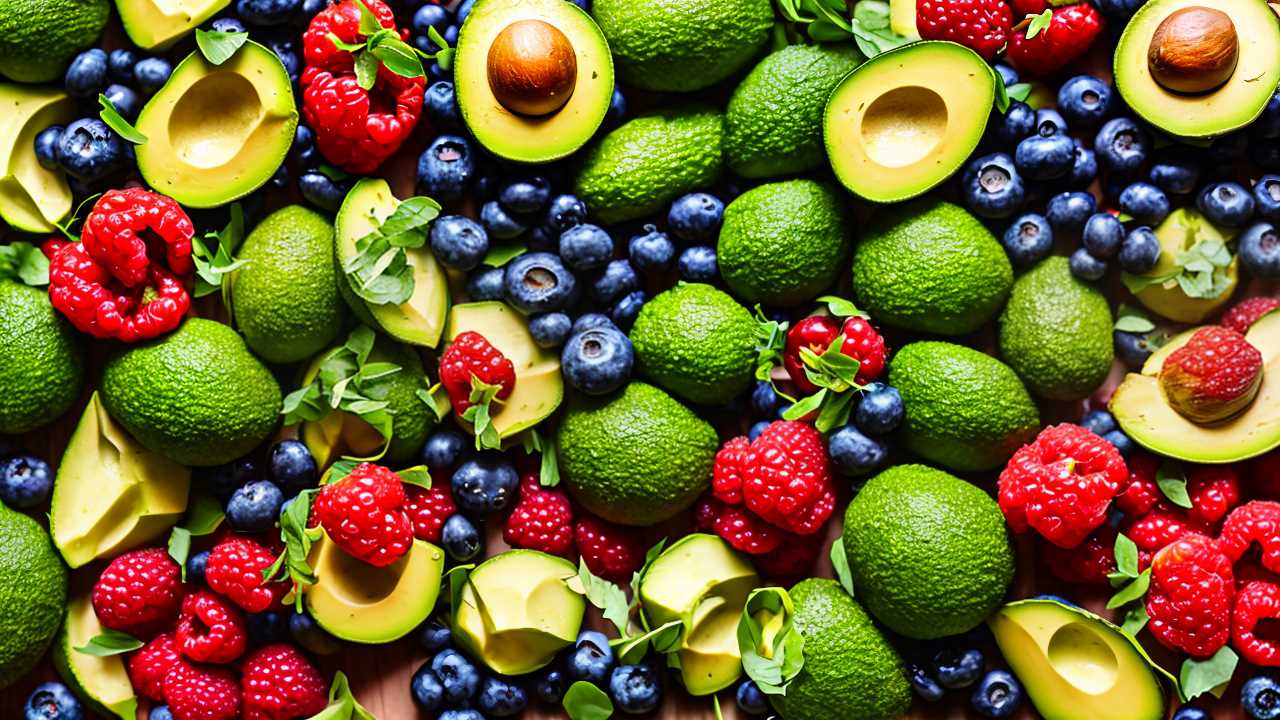
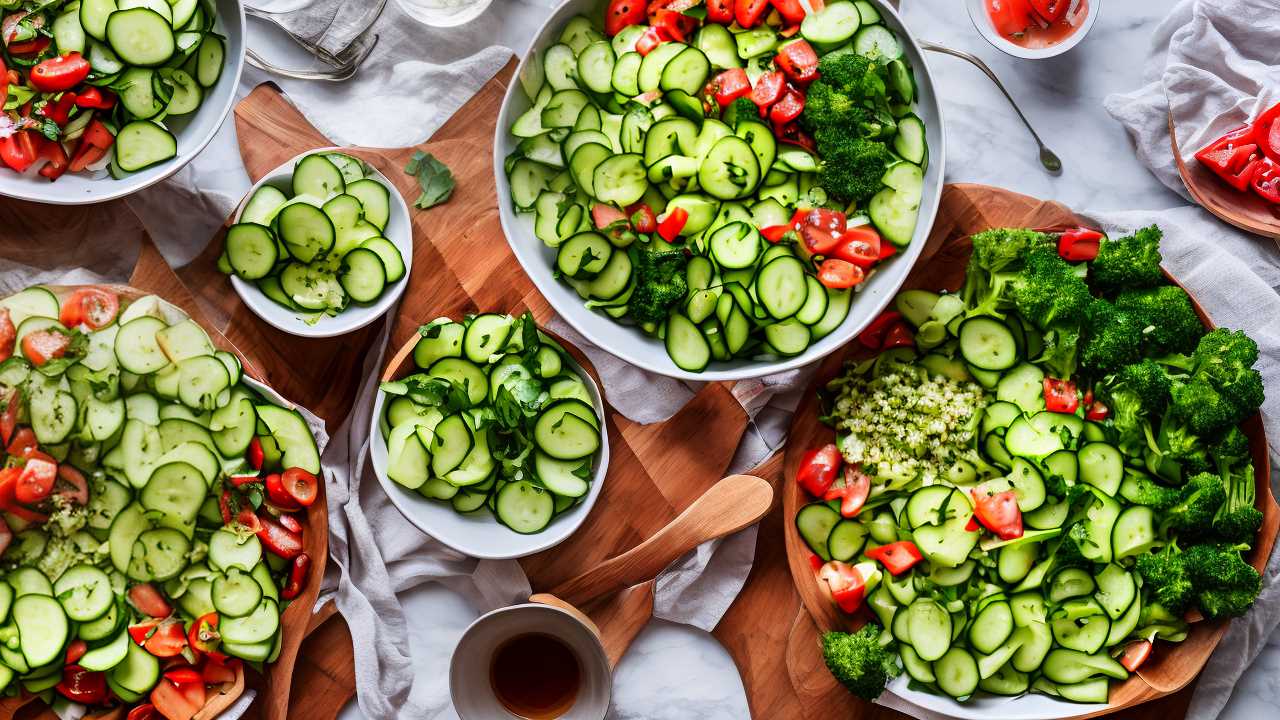
Regularly limiting your carb intake is essential for a successful keto diet. To achieve and maintain ketosis, you'll want to keep your carbohydrate consumption generally below 20-50 grams per day. This means being vigilant about carb counting, which helps you stay on track.
Familiarizing yourself with the carb content of various foods is a game-changer, enabling you to make informed choices. Convenient snacks like Cheese Ball Bites can help satisfy hunger while adhering to low-carb guidelines.
Focus on low-carb vegetables, such as leafy greens, broccoli, and zucchini, as these are great fiber sources that keep you feeling full and satisfied. Fiber not only aids digestion but also helps regulate blood sugar levels, making it a vital part of your diet.
When you choose your meals, prioritize whole foods over processed items, as they often contain hidden sugars that can derail your progress.

Don't forget to pay attention to portion sizes; even healthy foods can contribute to excessive carb intake if consumed in large amounts.
With practice, limiting carbs will become second nature, and you'll find it easier to enjoy the numerous benefits of the keto lifestyle. Remember, it's about balance and making choices that support your health goals.
Stay Hydrated

Staying hydrated is crucial on a keto diet, as reduced carb intake can lead to a loss of electrolytes and increased water loss.
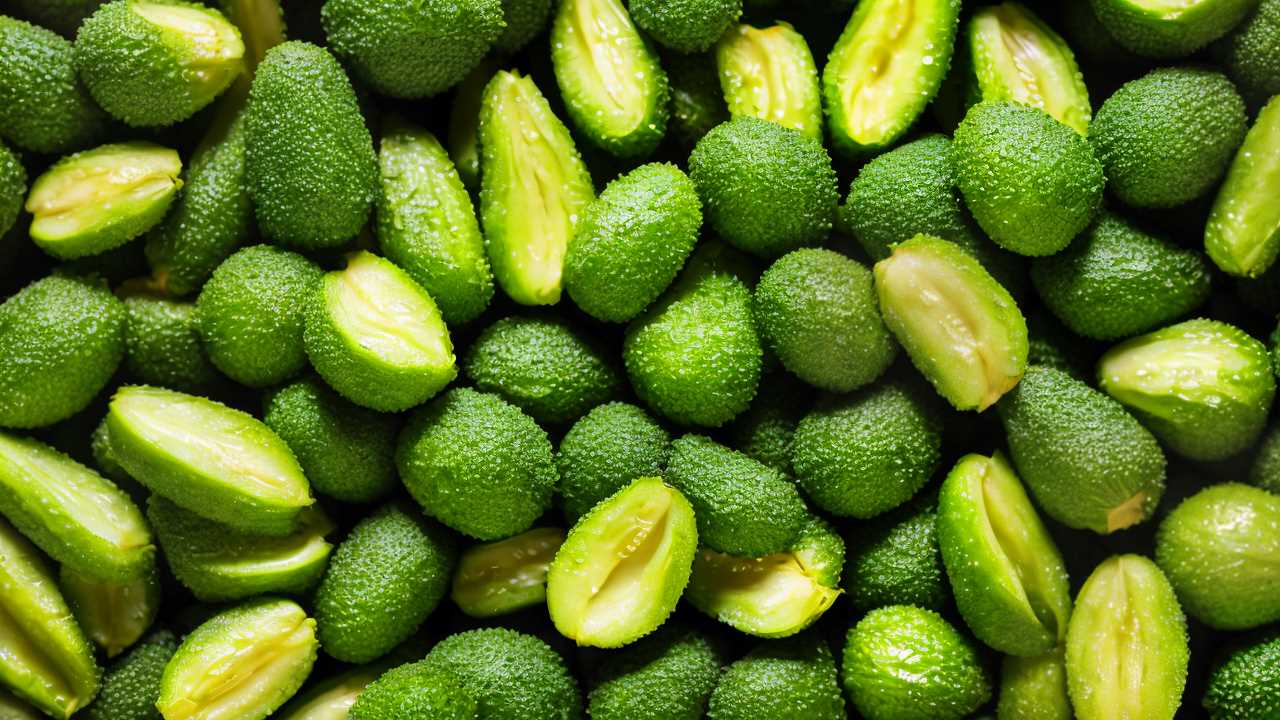
Incorporating keto-friendly drinks can also help maintain hydration while adding flavor to your routine.
Aim for at least 8 cups of water daily, but adjust this based on your activity level and climate.
Watch for signs of dehydration, such as fatigue and dizziness, to ensure you're maintaining proper hydration and electrolyte balance.
Importance of Electrolyte Balance
Maintaining electrolyte balance is crucial for anyone following a keto diet, as it helps prevent common side effects like fatigue, muscle cramps, and headaches. When you reduce carbohydrate intake, your body excretes more water and electrolytes, which can lead to imbalances.
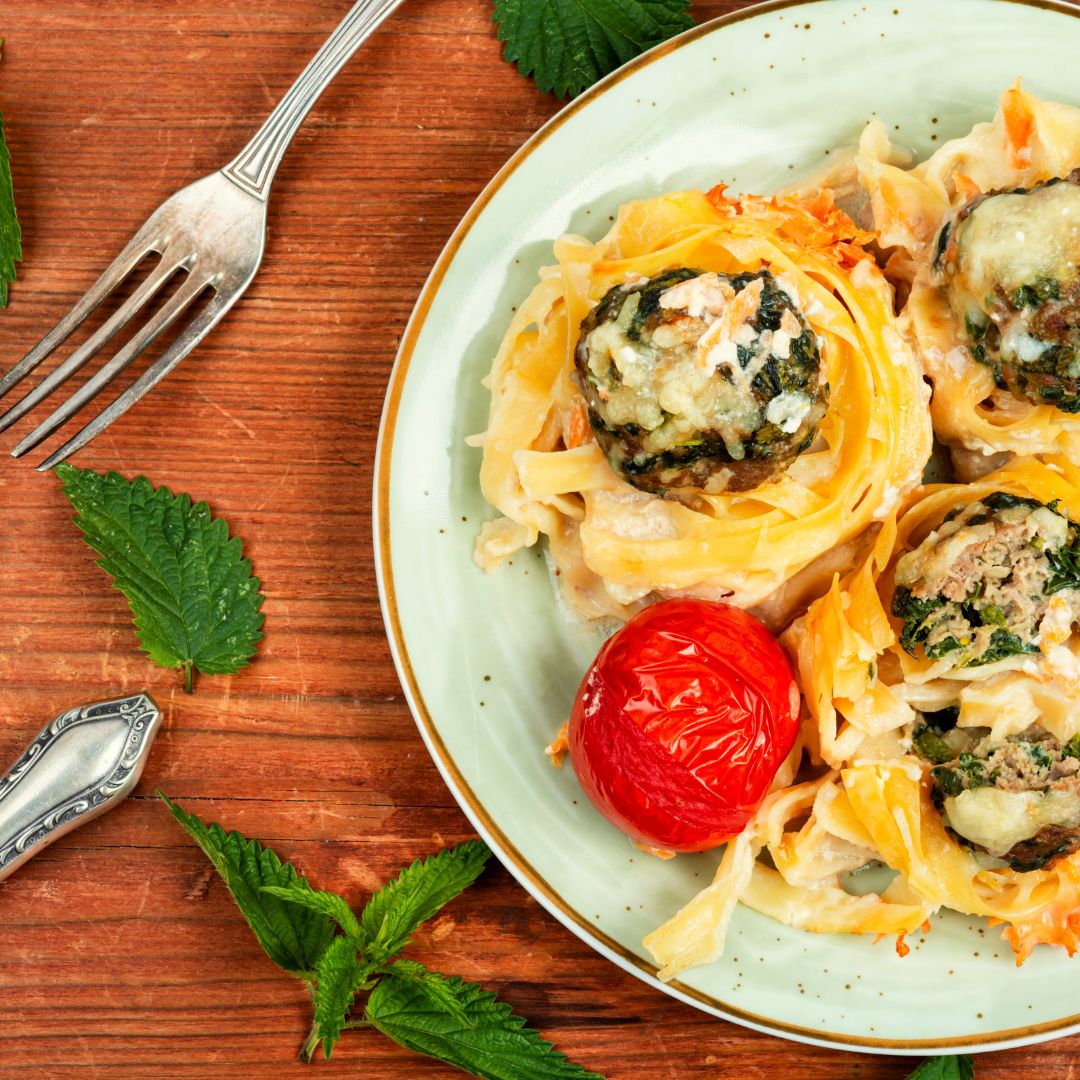
To keep your levels in check, it's important to include various electrolyte sources in your meals. Foods like leafy greens, avocados, nuts, and seeds are excellent options.
You might also consider electrolyte supplementation, especially when you're starting the keto diet or if you're feeling particularly drained. Supplements can provide sodium, potassium, magnesium, and calcium, helping you maintain optimal levels and avoid those dreaded symptoms.
Not all supplements are created equal, so look for high-quality options that suit your needs.
Water Intake Recommendations
Adequate water intake is essential for anyone on a keto diet, as it helps support overall health and aids in the body's adaptation to lower carbohydrate levels. When you reduce carbs, your body tends to lose water and electrolytes more rapidly, making hydration even more crucial.
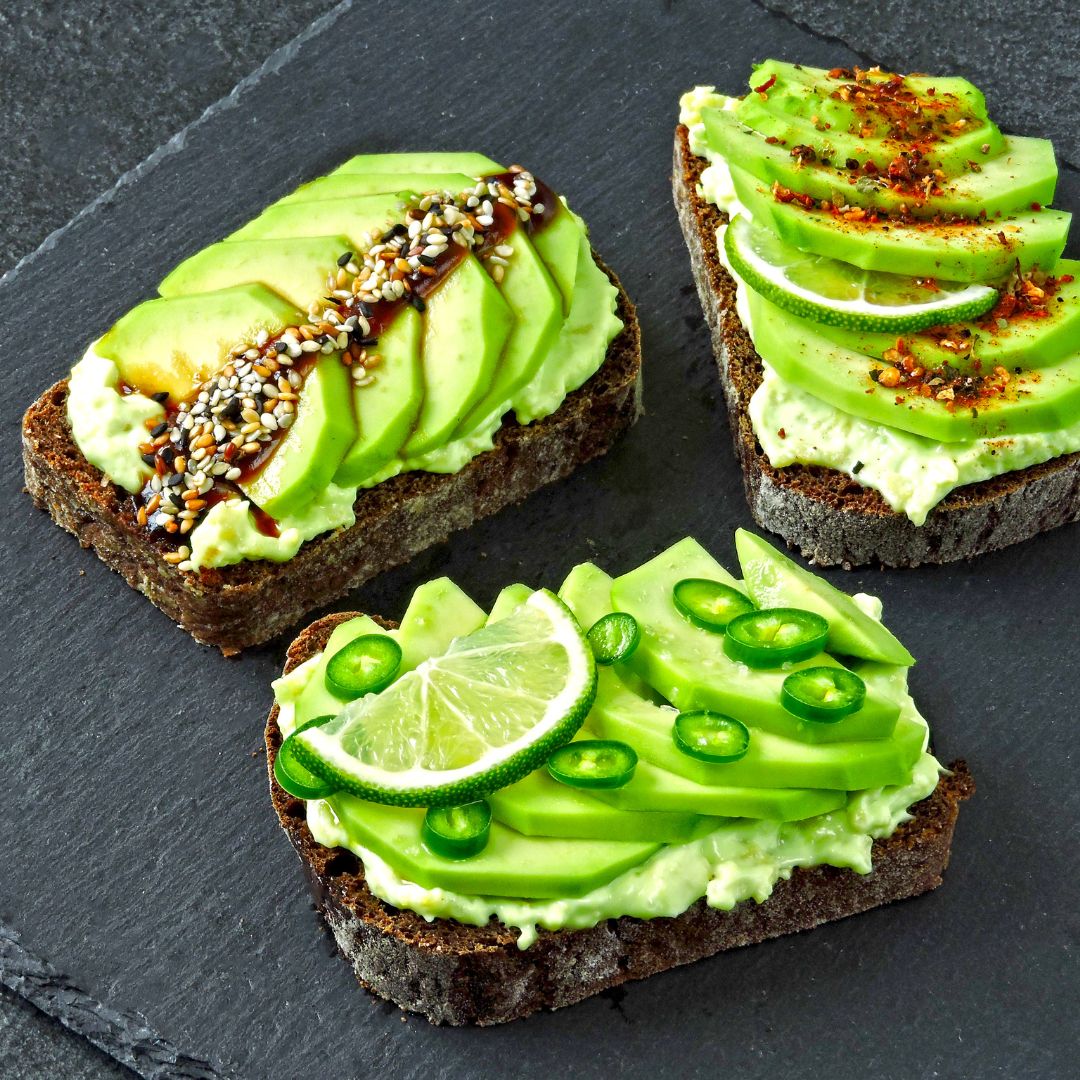
Drinking enough water can help you maintain energy levels, improve digestion, and support kidney function.
To ensure you're getting enough, aim for at least half your body weight in ounces of water daily. For example, if you weigh 150 pounds, try to drink around 75 ounces of water.
Don't forget to listen to your body; if you feel thirsty or notice dark urine, it's a sign you need to hydrate more.
Incorporate hydration tips into your routine, like carrying a reusable water bottle, setting reminders to drink throughout the day, or infusing your water with lemon or cucumber for added flavor and benefits.
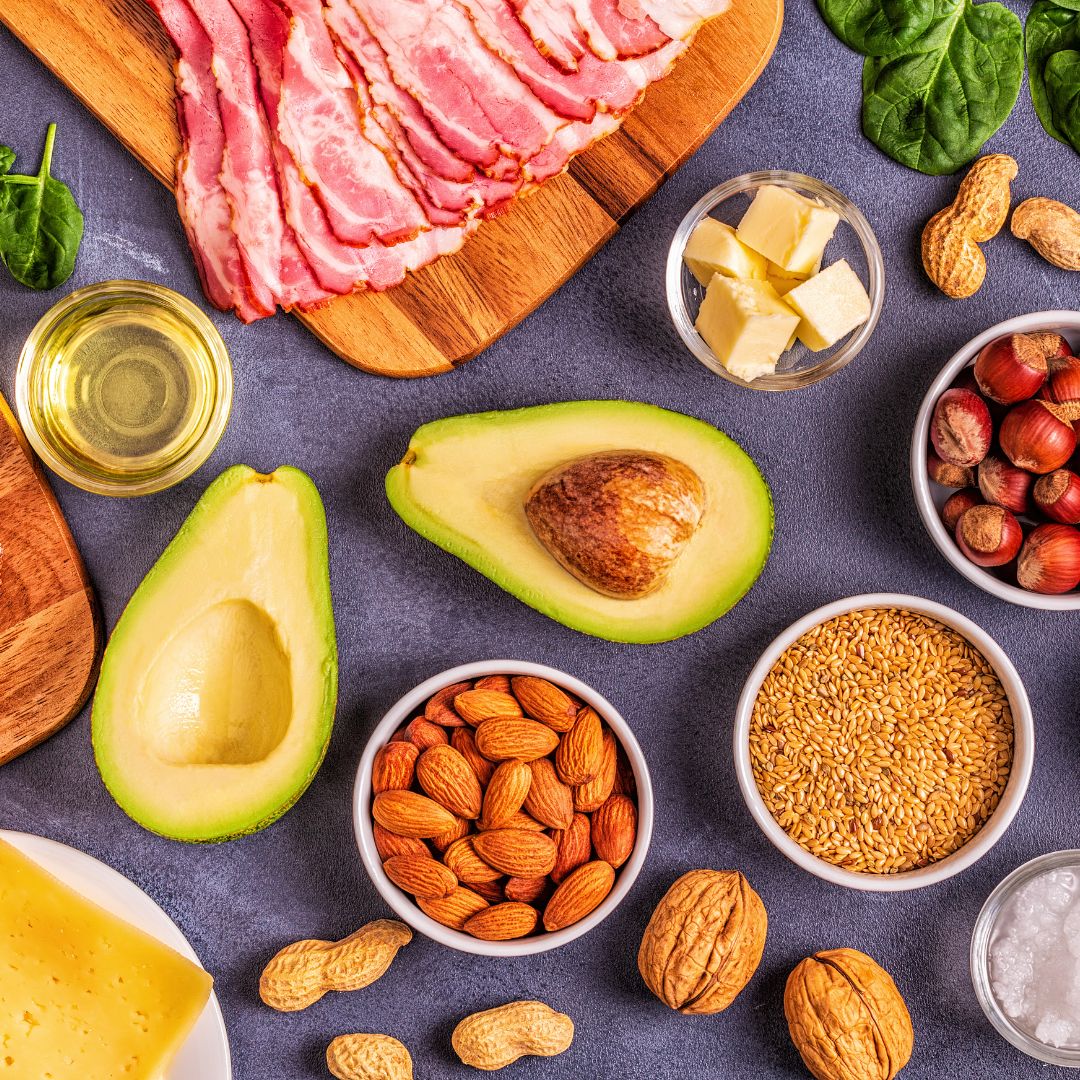
Signs of Dehydration
Dehydration can sneak up on you, especially when you're following a keto diet. As your body flushes out excess water and electrolytes, it's crucial to stay vigilant about your hydration. Recognizing dehydration symptoms early can prevent discomfort and keep your energy levels up.
Here are some common signs to watch for:
| Dehydration Symptoms |
Hydration Tips |
| Dark urine |
Drink water regularly throughout the day. |
| Dry mouth and throat |
Include electrolyte-rich beverages. |
| Fatigue and dizziness |
Keep a water bottle handy to remind you to sip. |
If you notice any of these symptoms, don't wait. Rehydrate with water or an electrolyte drink to replenish lost fluids. Aim for at least 8-10 cups of water daily, adjusting based on your activity level. Listening to your body is key; if you feel thirsty, it's a sign you need to hydrate. By staying aware of these signs and implementing these hydration tips, you can support your keto journey and maintain your overall well-being.
Monitor Nutritional Intake
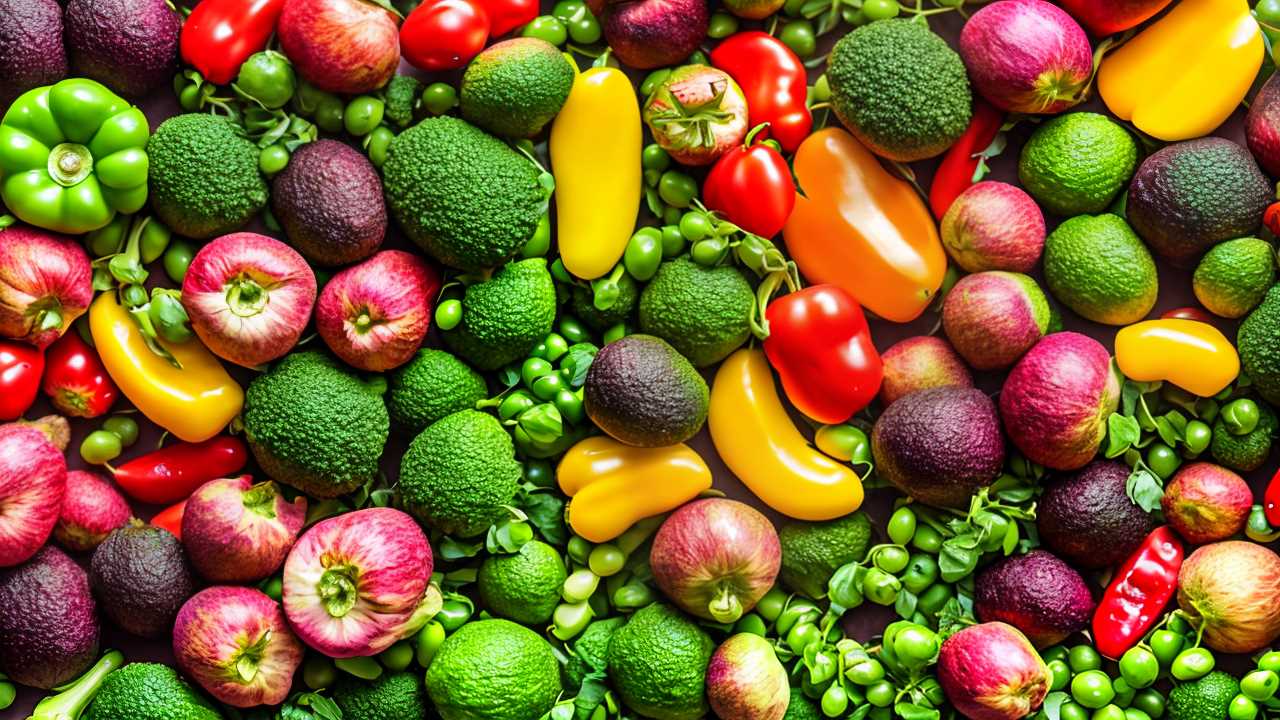
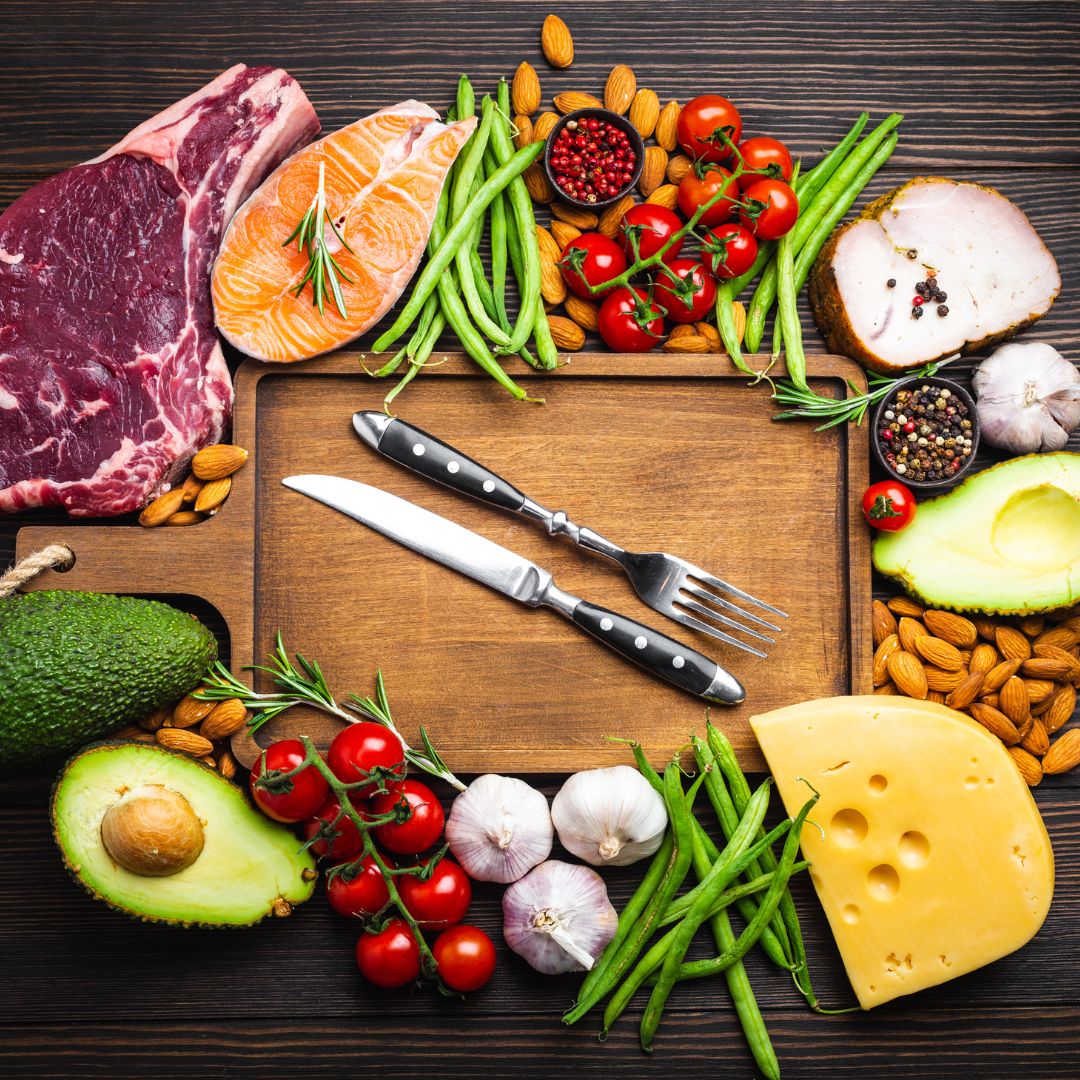
Many people find that closely monitoring their nutritional intake is crucial for success on a ketogenic diet. By engaging in macronutrient tracking, you can ensure that your body stays in ketosis, which is vital for burning fat efficiently. This process involves keeping a close eye on your intake of fats, proteins, and carbohydrates to maintain the right ratios—typically around 70-75% fats, 20-25% protein, and only about 5-10% carbohydrates.
Meal planning plays a significant role in this endeavor. When you plan your meals ahead of time, you can avoid the pitfalls of impulsive eating and ensure you're sticking to your macro goals. It also helps to simplify grocery shopping, allowing you to focus on whole, keto-friendly foods like avocados, nuts, and leafy greens.
Don't underestimate the power of apps and tools designed for tracking your food intake. They can provide insights into your eating habits, making it easier to adjust as you go.
Be Patient and Consistent


On your keto journey, patience and consistency are key to achieving lasting results. It's easy to feel overwhelmed when you don't see immediate changes, but remember that sustainable weight loss and health improvements take time.
Focus on maintaining your meal timing and portion control, as these elements will help you stay on track. When you stick to a regular eating schedule, you're more likely to regulate your hunger and energy levels. This can prevent impulsive eating and help you better manage your cravings.
Additionally, practicing portion control allows you to enjoy your favorite keto foods without overindulging, which is crucial for long-term success.
It's important to recognize that everyone's body responds differently to dietary changes. While some may notice results quickly, others might take a little longer. Embrace the process, and don't be discouraged by temporary setbacks.

Celebrate small victories, and keep your focus on the bigger picture. By cultivating patience and remaining consistent with your meal timing and portion control, you'll not only achieve your goals but also develop healthier habits that last a lifetime.
Frequently Asked Questions
Can I Eat Fruits on a Keto Diet?
You can enjoy certain fruits on a keto diet! Focus on low carb fruits like berries, avocados, and olives. These keto fruit options keep your carb count low while still satisfying your sweet cravings.
Is Alcohol Consumption Allowed While on Keto?
Picture sipping a cool cocktail under the stars. You can enjoy alcohol on keto, but stick to keto-friendly beverages and low-carb mixers. Moderation's key to staying within your carb limits while indulging.
How Do I Handle Keto Flu Symptoms?
To handle keto flu symptoms, focus on staying hydrated, replenishing electrolytes, and eating nutrient-dense foods. Incorporating keto flu remedies like bone broth can really help in managing symptoms and making your transition smoother.
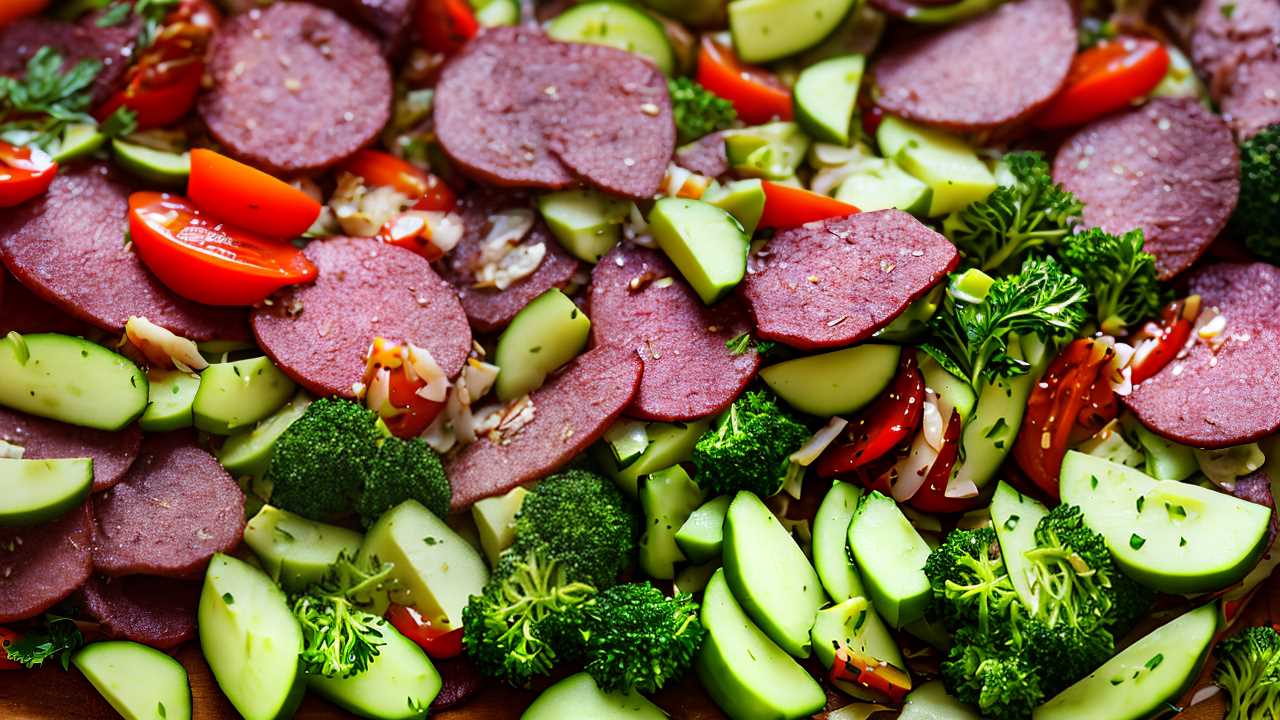
Are There Keto-Friendly Snacks?
You've got plenty of keto snack options! Try cheese crisps, nuts, or veggie sticks with dip. Low carb treats like dark chocolate or coconut chips can satisfy cravings without derailing your progress. Enjoy those guilt-free bites!
Can I Do Keto if I'm Vegetarian or Vegan?
Yes, you can absolutely do keto as a vegetarian or vegan! Focus on keto vegetarian options like tofu and avocados, and explore delicious vegan keto recipes that include nuts, seeds, and non-starchy vegetables for a balanced diet.
Conclusion
As you embark on your keto journey, remember that success hinges on your commitment to these golden rules. Each choice you make shapes your path to ketosis, but the real transformation lies in patience and consistency. Will you embrace the challenge of monitoring your intake and prioritizing healthy fats? The rewards await those who stay dedicated. So, are you ready to uncover the vibrant energy and health that a well-executed ketogenic lifestyle can offer? The journey starts now.
 CheeseButtaBearson LiftsBody ExpressionsTotally MuttsPrivacy PolicyTerms And Conditions
CheeseButtaBearson LiftsBody ExpressionsTotally MuttsPrivacy PolicyTerms And Conditions
